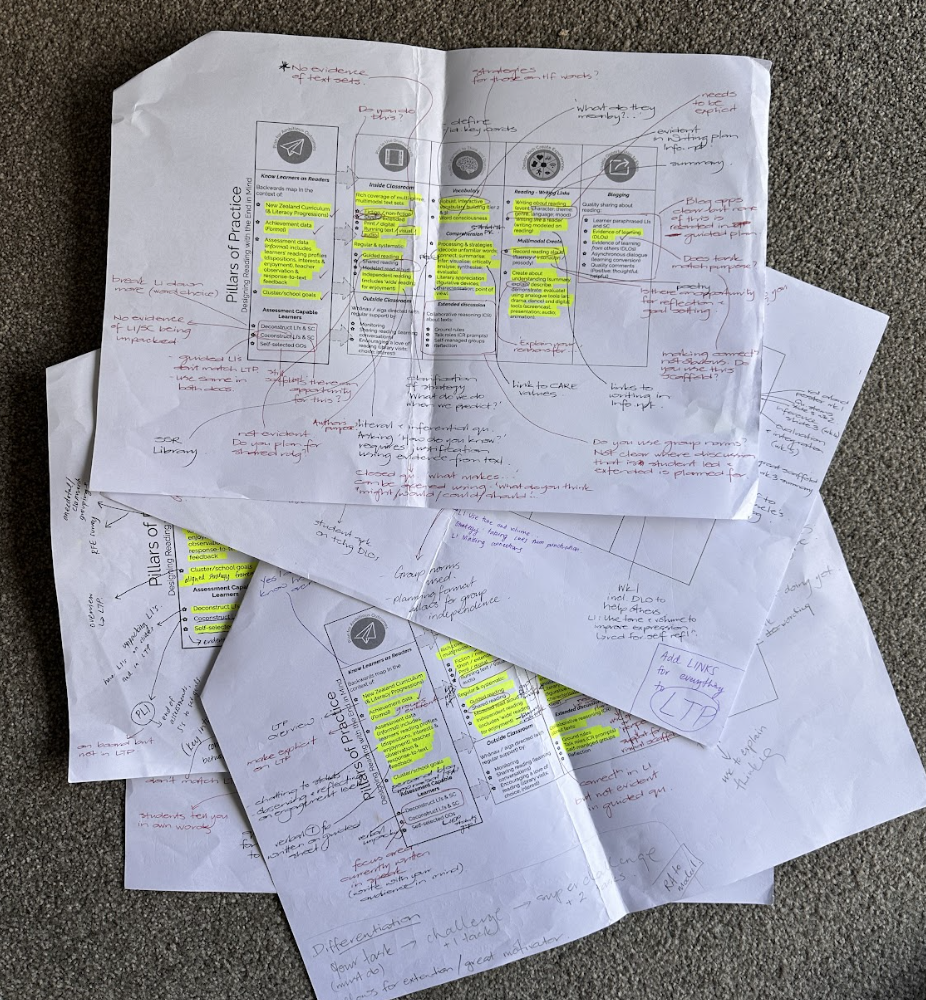I have been thinking about creating a space on my blog to record the lessons that simply just work. These will be ideas (both old and new) that I have tweaked or reworked to appeal to my learners and help them make authentic and purposeful connections to their learning. 'Engage and inspire: Lessons that work!' is what I have decided to call this section and will be easy to find by clicking on the link in the page tabs under the header.
Today I decided to revive an oldie but a goodie. Reading around the Room was an activity I loved as a child because I got to choose what I wanted to read and I didn't have to sit at my desk or do a boring worksheet. It also gave me an opportunity to look at how others had done something and think about how their work was different to mine. At the time I didn't know that's what I was doing, but I do remember changing the way I did something based on other's work.
We have recently created some great DLOs about the Ancient Olympics that have been shared on our blogs and displayed on the wall in the classroom. This activity was a collaborative research challenge and can be found here. I was really impressed with how well this activity was done and wanted to think of a way we could capitalise on it as we moved through the term. So rather than simply having a 'decoration' on the wall I turned it into an interactive learning space.


The challenge I set this time is called the LS2 Quiz Challenge. It is actually a way of getting my learners to practise writing questions and answering them by using evidence from the text to support their thinking.
I introduced this by modelling how I could use a ruler to help me focus on the words I was reading in the information held in this display. Dianne (my teaching buddy), was my partner and together we modelled what we wanted our ākonga to do. Their challenge is to read the information in pairs, co-construct a set of 10 questions using whiteboards then join up with another pair to co-construct and create a quiz where all the information can be found or inferred from what is on the display. This allows for rewindable opportunities as I saw today when one group had already moved onto answering a quiz, that they were running back to the wall to check their facts before recording their responses. That part was not something I reminded them they could do.
I am currently in the process of adding all the quiz links to our site and will timetable an opportunity for everyone to try out the different quizzes. With any new challenge I find if I limit the create options to ones everyone will find success with, I get the best buy in. This also allows for my learners to suggest their own ideas. Kahoot and Pear Deck have already been suggested to me as ways we could do this differently next time,
We must have 'sold' this challenge really well as there was a constant rotation of groups wanting to try the challenge. The next steps with this idea are to extend this challenge to encompass all the walls. I will think of further challenges to support our 'new' Reading around the Room activity as I see this as a great way to strengthen connections to learning whilst practising a wide variety of comprehension strategies.


.png)







